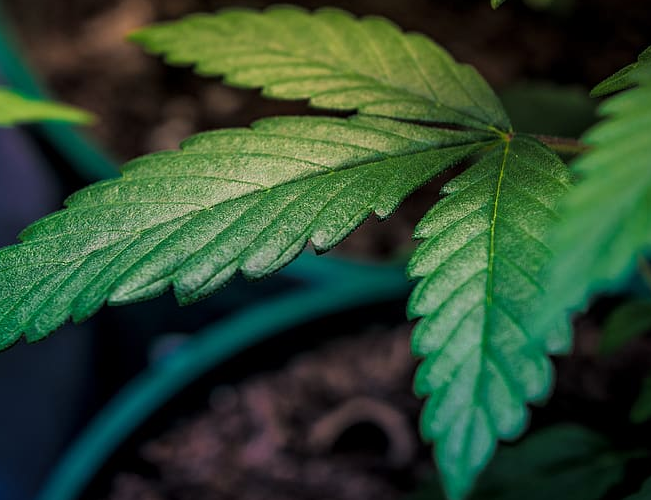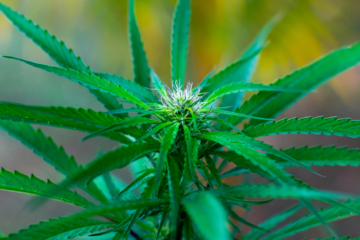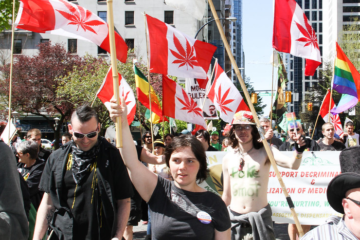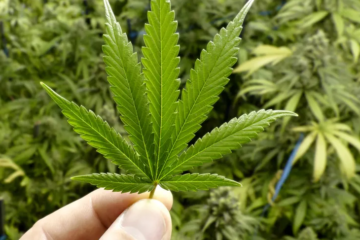For nearly nine decades, marijuana has been outlawed at the federal level in the United States — not because of science, health, or safety, but largely due to racism, propaganda, and bureaucratic power plays. As the 88th anniversary of this outdated prohibition lands on a Saturday, calls to scrap it are growing louder and harder to ignore.
The Marihuana Tax Act, signed into law on August 2, 1937, was never about public health. Its roots were tangled in fear-mongering and political theatre, pushed by officials who often knew better but pushed forward anyway. Now, in 2025, America finds itself out of step with its own people — and much of the modern world.
A Law Built on Lies and Prejudice
The push for marijuana prohibition wasn’t some noble attempt to protect the public. It was built on sensational headlines, false testimony, and naked discrimination.
Back in the 1930s, anti-cannabis crusaders like Harry Anslinger, the first commissioner of the Federal Bureau of Narcotics, painted cannabis as a drug used by “Negroes, Hispanics, Filipinos, and entertainers” to corrupt white youth. He knew exactly what he was doing. In private memos, Anslinger admitted there was little evidence to support the dangerous claims.
And yet, the Marihuana Tax Act passed.
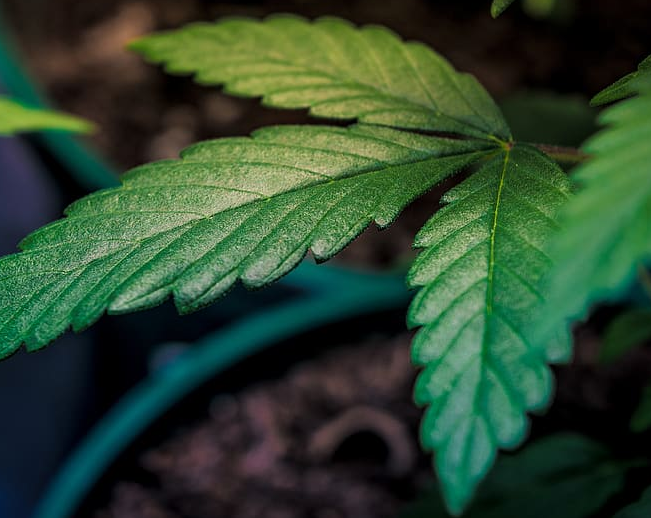
The Numbers Tell a Grim Story
Federal prohibition hasn’t stopped Americans from using cannabis. But it has devastated lives and communities — disproportionately targeting Black and brown Americans.
Even in 2024, despite state-level legalisation in more than half the country, over 300,000 people were arrested in the U.S. for marijuana-related offences. Most of these were for possession. Not trafficking. Not production. Just possession.
A single low-level arrest can derail a person’s entire life — job loss, family disruption, housing instability. And for what?
• No meaningful reduction in cannabis use
• No proven improvement in public safety
• No public health benefits that justify the cost
States Have Moved On — Why Won’t Washington?
Over 40 U.S. states now allow some form of marijuana access, whether medical or recreational. In those states, life hasn’t turned into chaos. Instead, local economies have grown, opioid deaths have declined, and public opinion has shifted decisively.
A 2024 Pew Research Center survey found that 88% of Americans support legalising cannabis in some form — either for medical use (32%) or for both recreational and medical use (56%). Only 11% want full prohibition to continue.
Yet marijuana remains a Schedule I substance under the Controlled Substances Act — listed right next to heroin, with harsher penalties than cocaine or meth. It’s an absurd classification that not even federal agencies agree on anymore. The Department of Health and Human Services recently recommended rescheduling cannabis to Schedule III.
So what’s the holdup?
What Prohibition Has Really Cost America
Let’s talk numbers — and they’re ugly. From enforcement costs to lost tax revenue to damage done to people’s futures, federal prohibition has been a financial and moral sinkhole.
| Category | Estimated Cost Since 1937 |
|---|---|
| Law enforcement & incarceration | $200+ billion |
| Missed tax revenue (post-2012) | $150+ billion |
| Social & economic damage from convictions | Immeasurable |
| Research barriers due to Schedule I status | 85+ years delayed |
And it’s not just about cost — it’s about lost opportunity.
Reform Is Not Just Inevitable — It’s Long Overdue
Politicians often cite the need for “more research,” but that’s a delay tactic. The science is clear. Cannabis is less harmful than alcohol or tobacco, both of which are legal and regulated.
What’s missing is the political will to act. Even though the Biden administration has taken small steps — including pardoning federal possession charges and directing a review of cannabis scheduling — we’re still waiting for real structural change.
Legalisation isn’t a magic fix. But regulation, taxation, education, and public health models have proven more effective than criminalisation.
Still, Capitol Hill remains strangely quiet.
What Ending Prohibition Could Actually Look Like
Ending the federal ban doesn’t mean forcing all states to legalise marijuana. It simply means removing the criminal penalties at the federal level and allowing states to decide their own paths — something they’re already doing.
Federal legalisation would bring clarity to:
-
Banking and financial services for cannabis businesses
-
Interstate commerce
-
Medical research and clinical trials
-
Fair employment and housing protections for users
It would also send a strong message: that the government is finally catching up with its people.

